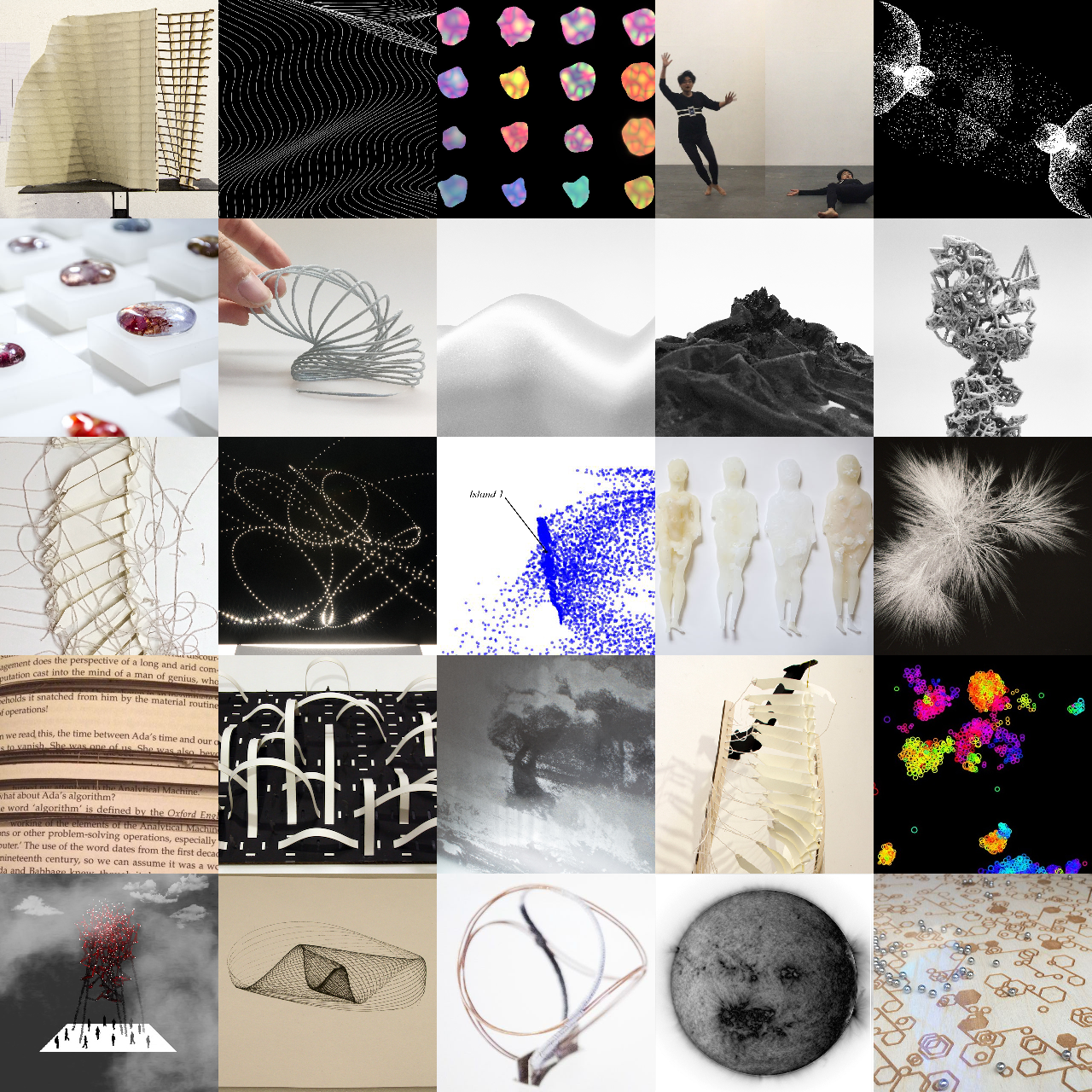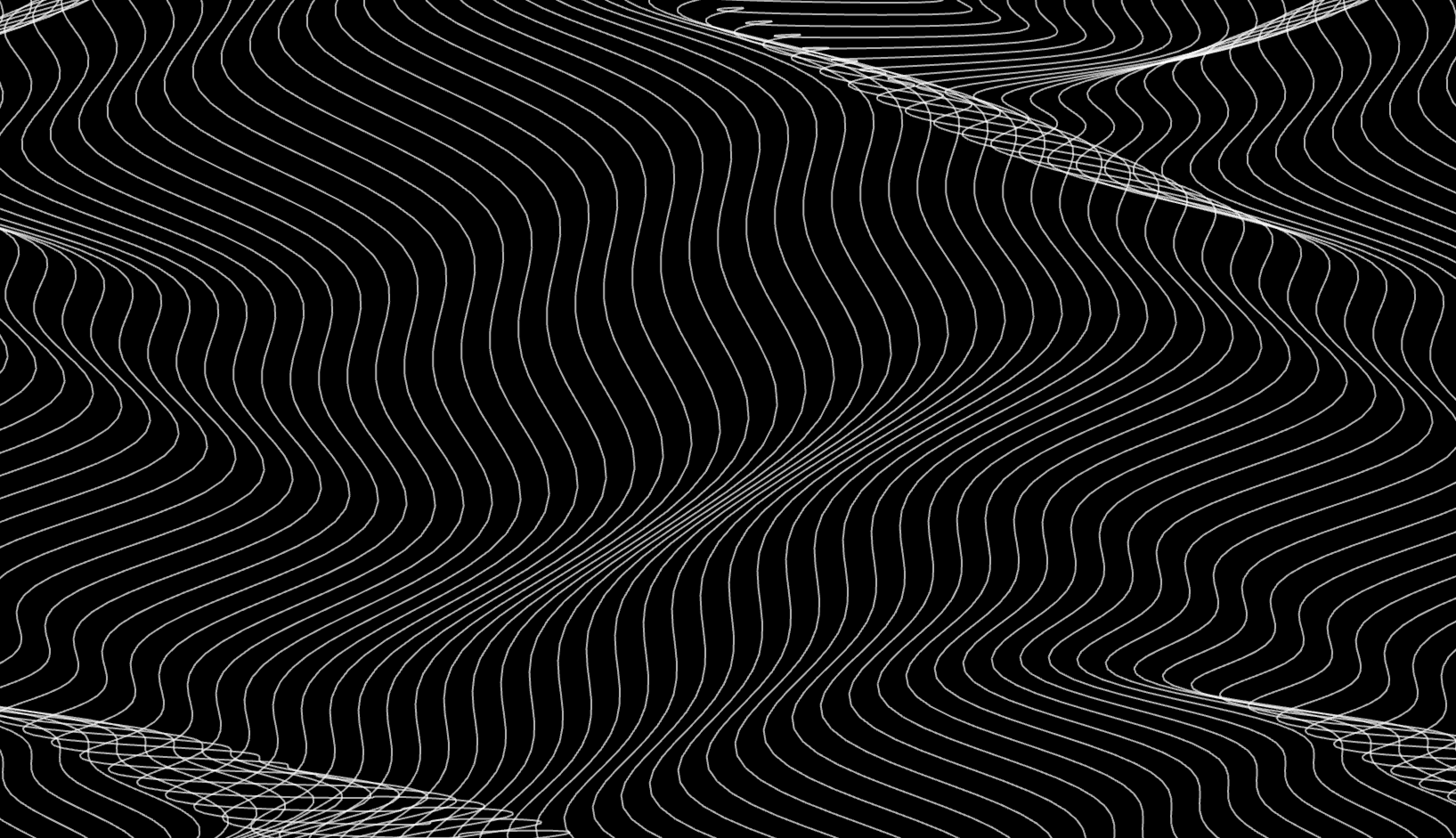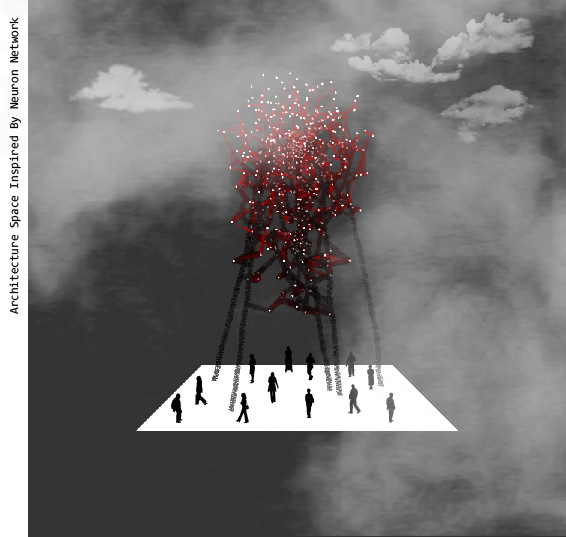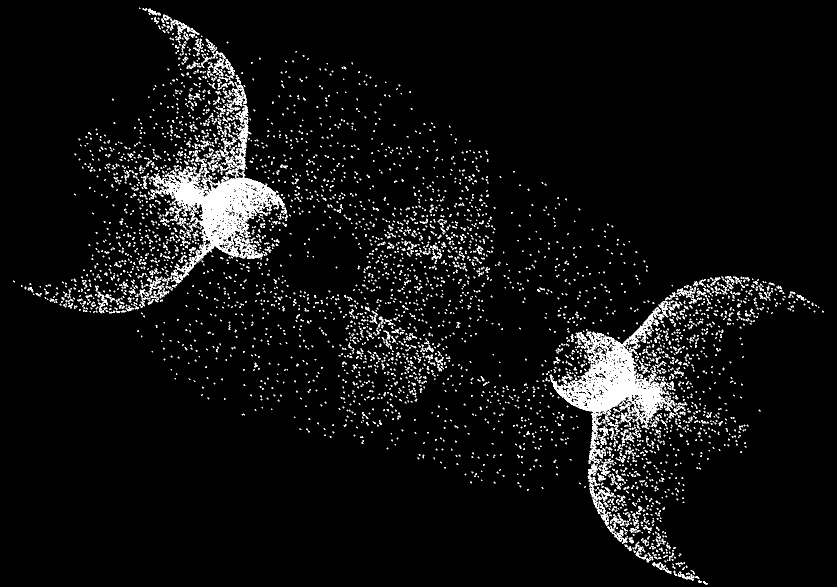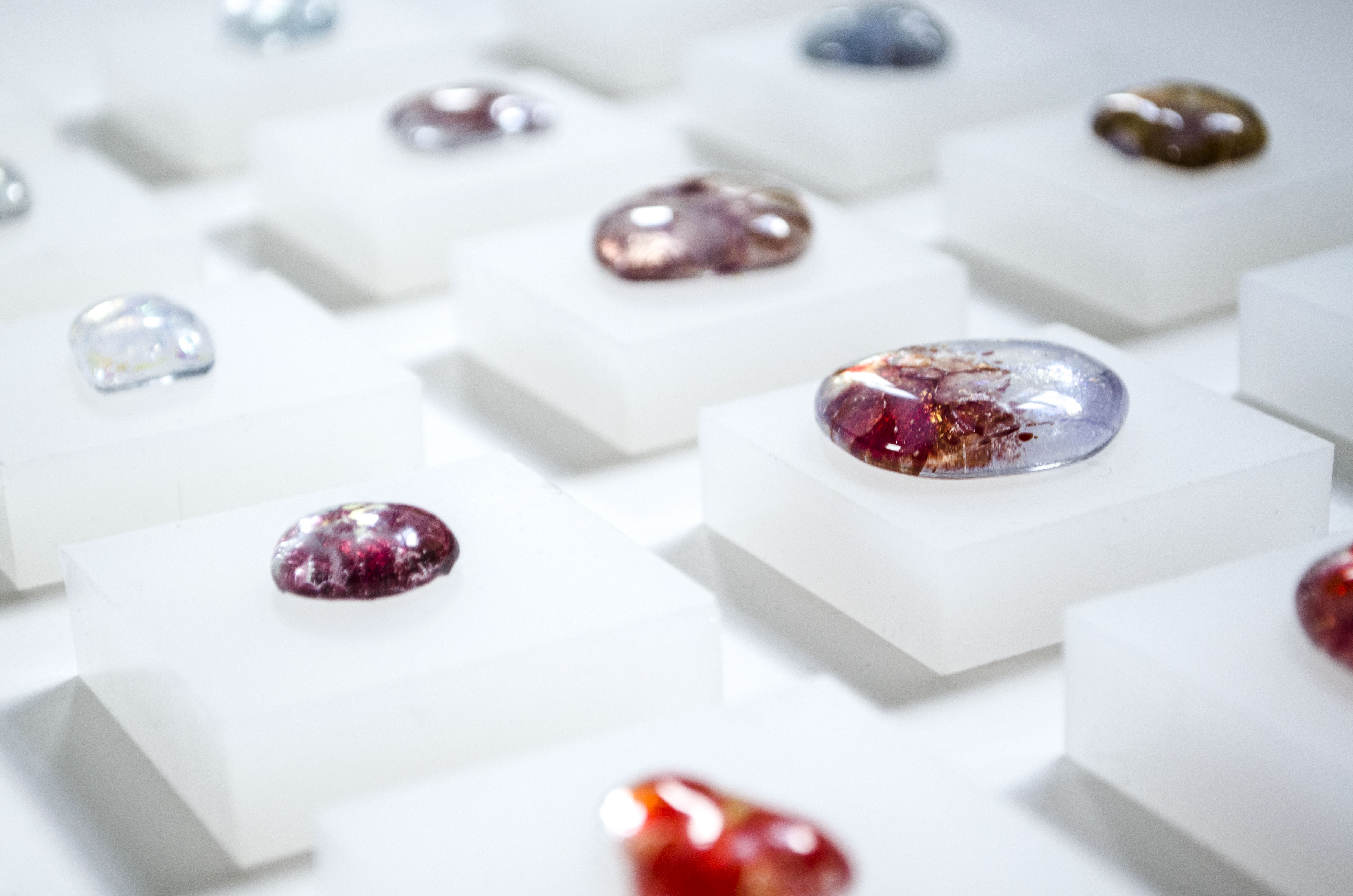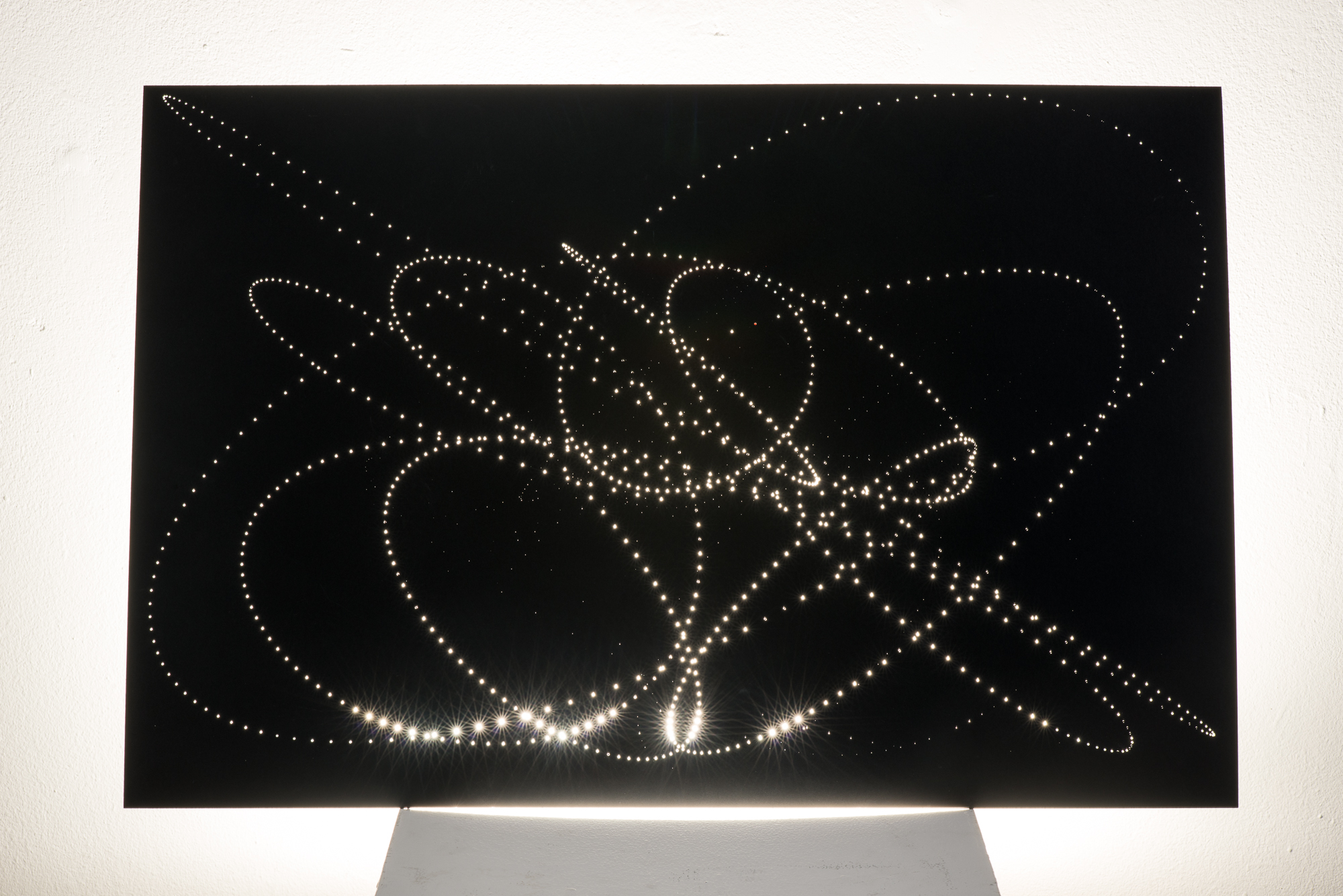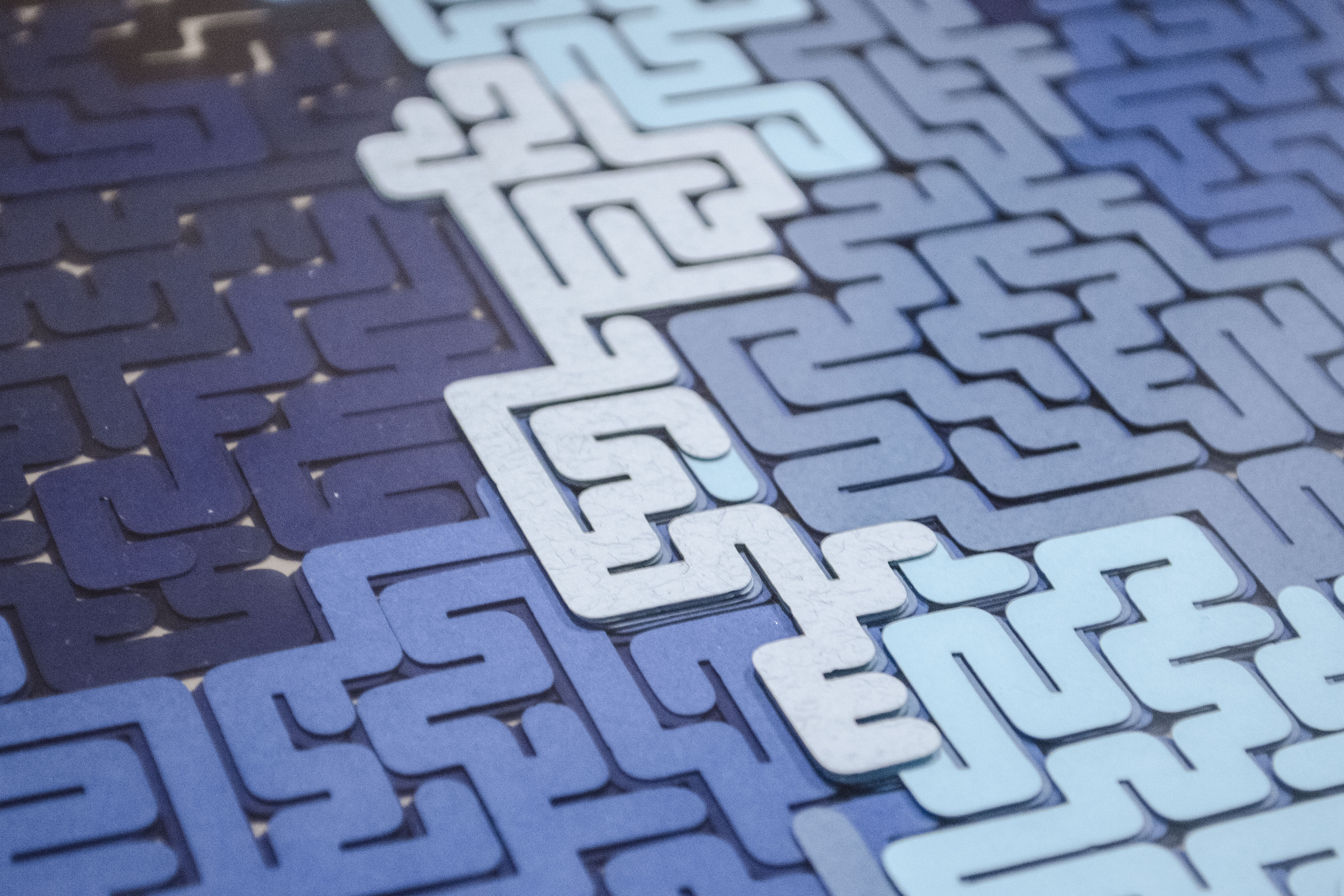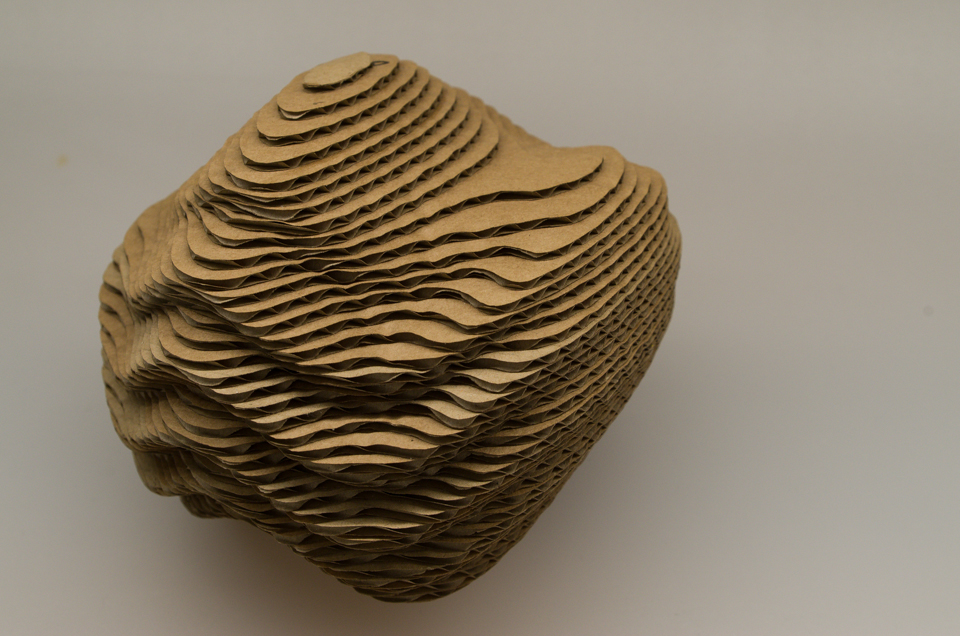Five Studies on Process and Scale
by Lior Ben-Gai, Lecturer on the MA in Computational Arts 2016-17
When working in digital media, we may often forget about the physical world and its inherent constraints; We have the luxury to explore entirely new realities and consequent aesthetics, regardless of materiality and scale. However, in the absence of physical boundaries and constraints there may be nothing to guide our creative process towards a definable outcome. Digital and physical reality are not opposites, nor are they the same, and as creative practitioners, we shouldn’t think of ourselves as working in either one or the other but as navigating through the vast space between them.
In line with programming for artists II, this term 2 studio course was created as an experiment in embodying computational ideas and processes within physical objects. As such, it provided a “sandbox” environment in which to explore the tension between the two said realities, essentially bridging the gap via a process of translation.
With each study, we first explored a physical phenomena of a given scale through the use of algorithms and various computational approaches, thus creating a virtual artefact. We then went on to design a physical, tangible object of a predetermined size which attempts to embody both the physical phenomena and the computational approach we chose to explore. Luckily for us, we were among the first to make use of the newly opened hackerspace on campus, allowing us to take full advantage of digital fabrication tools such as 3D printers, laser cutters and CNC.
Our main focus throughout the term was in the details. By carefully considering (even scrutinizing) the choices we make throughout the process of designing a tangible object, we can obtain a better understanding of the stories that our creations tell, which may sometimes be different than the story we intended to tell. Being aware of this tension, embracing it and designing with it in mind had, in a way, increasingly become the unintended story told by us as a group.
The course resulted in a diverse array of unique and fascinating objects, each telling a subtle story about the physical, as well as abstract processes that led to its creation. All artefacts were featured at a one day pop-up exhibition held on April 24th 2017 at St James Hatcham Building, giving us a chance to tell these stories to a wider audience.
A huge thanks to Konstantin Leonenko and Pete Mackenzie for their amazing support and infinite patience with our relentless nagging. Most of all I want to thank my brave group of students for following me straight into this (often weird and) experimental adventure:
Arturas Bondarciukas / Charlotte Dann / Saskia Freeke / Jakob Glock / Freddie Hong / Natthakit Kangsadansenanon / Howard Melnyczuk / Friendred You-Hong-Peng































































